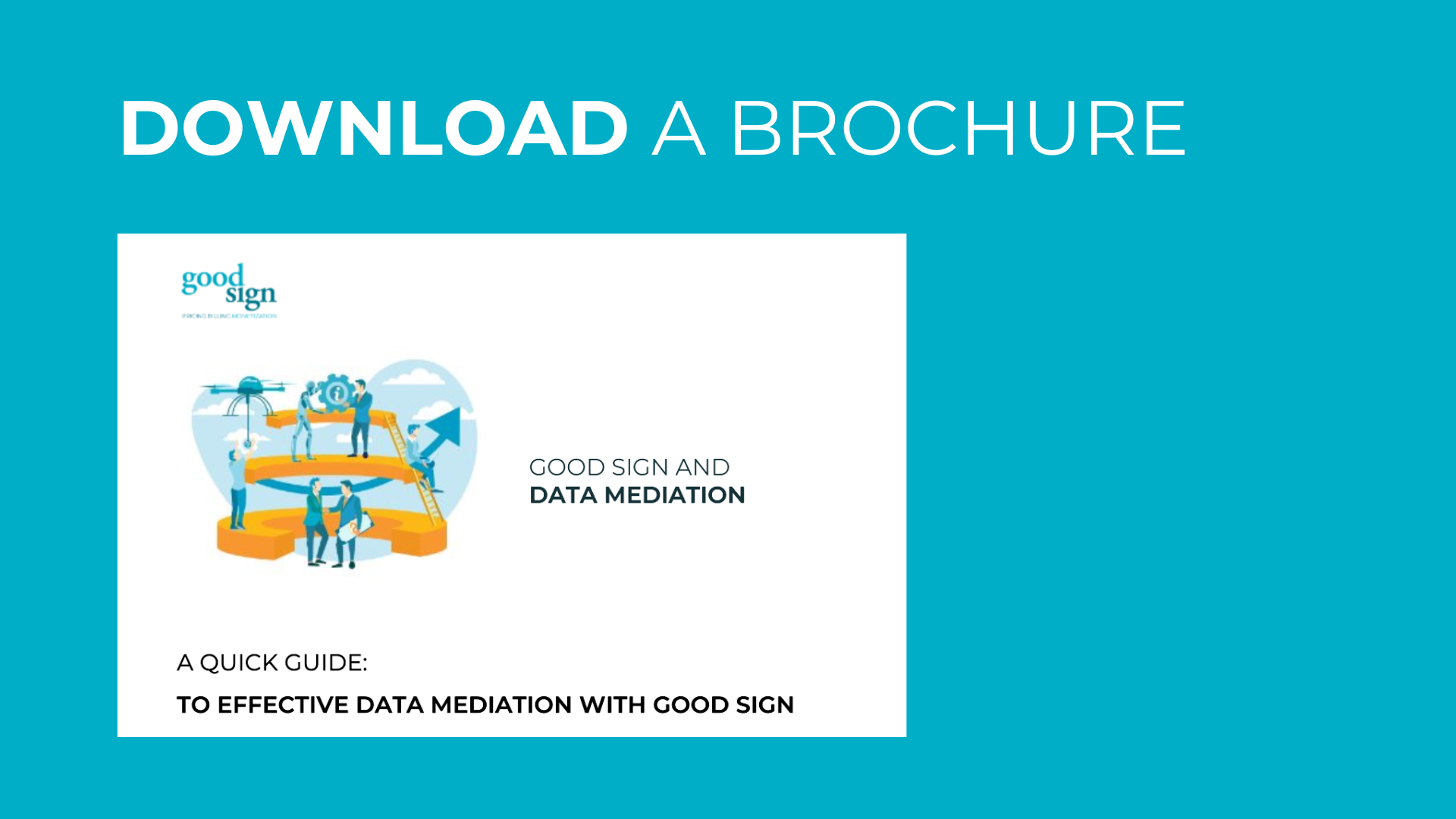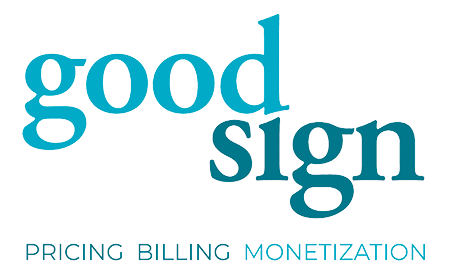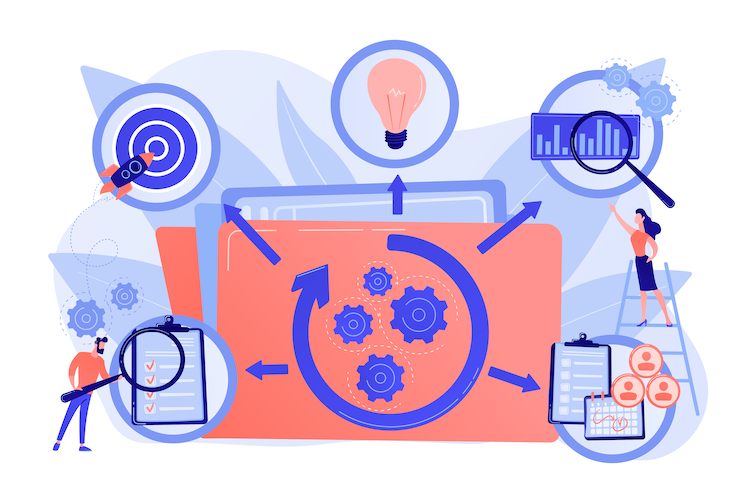The enterprise billing landscape is continuously evolving, with businesses relentlessly searching for tools and techniques that ensure precision, efficiency, and scalability.
At the heart of this evolution, one crucial element is billing automation, which has transformed the way companies handle their sometimes complex and versatile pricing models. Billing automation relies heavily on data, especially with different pay-per-use business models where customer's are charged based on the usage. Managing these data streams and converting the data usable for billing is called data mediation. Here at Good Sign, our keen interest in data mediation isn't just a fleeting fascination—it's an essential component of our commitment to our clients with their monetization challenges.
Data mediation, with its capacity to bridge the divide between varied data sources, plays an instrumental role in refining billing automation processes. By integrating these two powerhouses, Good Sign aims to deliver an unparalleled billing experience that caters to the dynamic needs of current and future pricing challenges. But let’s look at it in practice.
Data mediation can have several key components, including:
1. Data Integration
Data mediation helps combine data from disparate sources, such as databases, applications, or APIs, into a unified view. This integration can be crucial for organizations that rely on diverse data sources to make informed decisions and gain valuable insights.
Data mediation can handle communication protocol differences, enabling systems that use different communication protocols to exchange information effectively. This is common in complex distributed systems and service-oriented architectures.
2. Data Transformation
Different data sources often use varying data formats, such as XML, JSON, CSV, or proprietary formats. Data mediation involves converting data between these formats to ensure they are compatible and can be processed effectively by target systems.
3. Data Mapping
In situations where the same data elements are represented differently in various systems, data mediation involves creating mappings that translate the data from one schema to another. This process allows for data alignment and correct interpretation.
When data semantics (meaning) differ across systems, data mediation translates and aligns the meaning of data elements, ensuring that they are interpreted consistently across the ecosystem.
4. Data Cleaning and Enrichment
As part of the mediation process, data may be cleansed of errors, duplicates, and inconsistencies. Additionally, relevant information may be enriched by supplementing it with additional data from other sources, enhancing its value and accuracy.
5. Real-Time requirements
In certain scenarios, data mediation must be performed in real-time, ensuring that data is translated and integrated on-the-fly as it is generated or requested. This is particularly important for applications that require up-to-date information.
4. Data Governance and Security
Data mediation also plays a critical role in ensuring data governance and security. It can enforce access controls, data privacy regulations, and data quality standards during the data exchange process.
In summary, data mediation is an essential component of data integration solutions, Enterprise Service Buses (ESBs), middleware, and data virtualization platforms. It facilitates seamless data flow, improves data consistency, reduces redundancy, and enhances overall data management, ultimately leading to better decision-making processes and organizational efficiency. With Good Sign these goals will be fully met without any compromising on security – just take us to the test.

TAKE US TO THE TEST!
If you feel your billing needs will outgrow your current billing solution or are just curious to learn how Good Sign does things differently, feel free to take us to the test! We will gladly take on your challenge and prove to you it can be done, and that the new world lies beyond just subscriptions.




 Matti Immonen
Matti Immonen

![The Problem with Billing Automation is Data Quality - How to Fix It? [Get your free guide]](https://www.goodsignsolutions.com/hubfs/Stock%20images/Top%20view%20of%20successful%20businessman%20standing%20near%20the%20entrance%20of%20labyrinth.jpeg)

